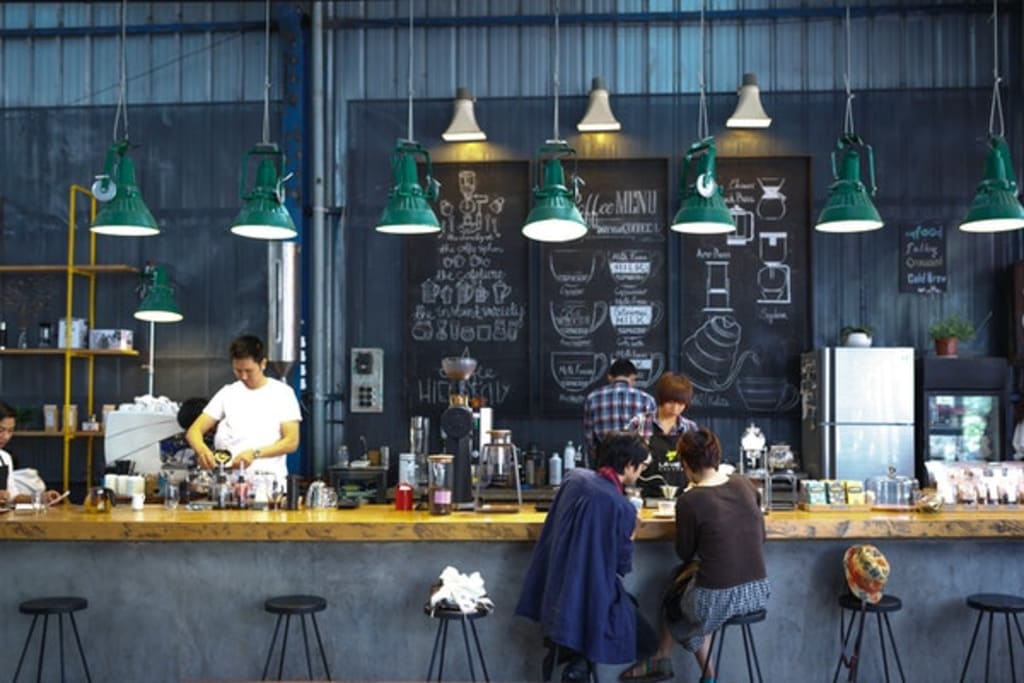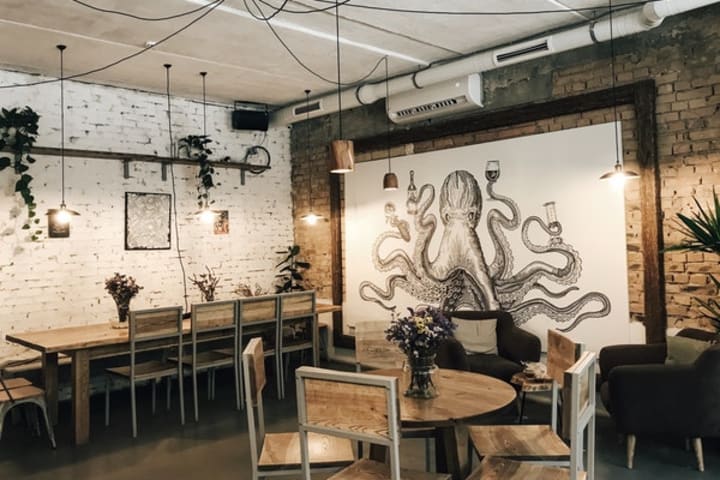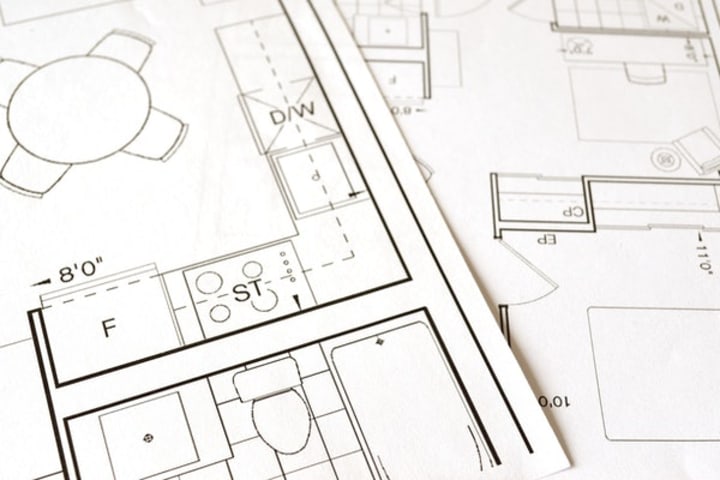Tips to Achieve Modern Restaurant Décor
There isn’t an activity that's more timeless than enjoying a meal at a restaurant. But what makes a restaurant become our favorite?

With the competitive modern business environment, it's no longer enough to simply offer a delicious menu of options. You also have to offer quality service, atmosphere, and ambiance. For a restaurant to gain a loyal clientele, the staff has to go out of their way to assure customers are happy from the moment they open the door until they leave.
Achieving an engaging atmosphere within a modern restaurant is a labor of love. It's about offering a unique, coherent experience and encouraging comfort for all guests while also keeping the environmental factors of the restaurant in mind. Modern restaurant décor should be a pleasant backdrop that enhances, rather than distracts from, the food or the company. These simple tips are effective for a modern restaurant transformation.
Tip #1: Quality Products Result in Quality Experiences
Remember that, whatever your style or influences, only premium-made and quality products should be purchased when designing your restaurant. There's no amount of decorative accents that will distract from faulty industrial hardware, cheap materials, and maintenance issues within the space. Make sure to only purchase items from established companies and choose well-made accessories, because these choices are indicative of your brand and services. These little decisions end up making a huge first impression on the restaurant guest.
Another modern interior design concept to consider from the very beginning of the process is your restaurant’s sustainability. When refurbishing or redecorating the space, it's as good a time as any to reevaluate the materials being used, the restaurant’s procedures for waste management, and the ethical practices of your vendors and suppliers. Elements like sustainable lumber can be a simple way to make your business more environmentally-friendly. Part of modern décor is incorporating eco-friendly practices.
Tip #2: Lighting is Crucial

Everyone’s been to a restaurant that seems fancy on the outside, but once seated, they find themselves picking up the decorative candle to read the menu. Lighting is truly everything to ensure your restaurant guests are dazzled the moment they enter the establishment. Make sure you choose indoor light bulbs with the right brightness for your establishment.
Lighting is the first way a restaurant affects the guest’s mood. A brighter layout encourages social conversation, and dimmer lighting will suggest intimacy. The restaurant should be well-lit enough that no one is compelled to pull out their glasses but should also set the correct tone and mood that the restaurant is aiming toward. This can be accomplished by placing lighting strategically, with guest eating areas being the strongest focus of lumination.
Tip #3: Opt For an Open Floor Plan

While some restaurants work within very tight quarters, this can sometimes be a major turn-off for restaurant frequenters. Guests feel welcome when they don’t feel they’re encroaching on space, and open floor plans encourage these guests to feel comfortable as soon as they enter the business. Open floor plans don’t necessarily require a surplus of space, they simply require capitalization of the restaurant’s key eating areas as well as consideration of the necessary building codes and regulations that need to be taken into account. You can work with a quality woodworking supply store to develop an appealing and functional design.
Open floor plans can be accomplished with simple maintenance repairs or can even be as easy as a new seating rearrangement. Guests should be able to move easily throughout the space and restaurant wait staff should be able to move swiftly from the kitchen to the serving spaces to allow a welcoming and open layout.
Tip #4: Choose Appropriate Colors
Color palette choices also are key to immediately communicating your restaurant’s aesthetic. Your chosen colors work wonders for evoking the desired emotions upon your customers’ entry. Not only do the colors matter, but how much of the color is used and where it’s used also affects how guests respond to their environment. Choosing specific palettes and bold and rich colors is sure to stimulate their minds and stomachs.
Some general rules for the most common restaurant colors are:
- Red/Blue: While red and blue are both vibrant and bold colors, they tend to not encourage the best dining experience. Red colors encourage quick eating (think McDonald’s) while blues typically invoke sleepiness or thirst. When using these colors it's encouraged to stick to accent pieces such as tablecloths or napkins.
- Green/Brown: Earth tones such as green and brown tend to remind guests of nature and sustainability, with many health-conscious restaurants choosing these colors to remind customers of their mission. In most instances, earth tones are best suited to pair with other color palettes, as too much brown can create the feeling of a pub, and too much green has a salad-bar vibe. Choose accents carefully with these as a base.
- White/Black: Fine-dining restaurants tend to lean toward monochromatic color schemes because they make sure your dishes remain the star of the show. White allows light to enter the room, and black can be a bold compliment. Be careful of using too much black within a color scheme because this darkens the space and causes guests to become claustrophobic. To adopt a modern aesthetic in your restaurant, white is always favorable and allows for bold accent pieces of any color.
Tip #5: Use Plants as Accent Pieces

A modern decorative trend in recent years has been the use of plants and succulents as accent pieces. Plant décor radiates a clean and natural energy, and these plant accents have been in more demand within restaurants and homes for that very reason. The only drawback is that wilting plants have a negative effect, so you need to do the extra work to keep your plants fresh and healthy. Plant décor has been known to increase your guests’ view of the quality of your food, and they provide a versatile and flexible way to captivate the customer the moment they step inside.
Creating modern restaurant décor doesn’t have to be a daunting task. With quality products, sustainable materials, and an artistic vision, any restaurant can become a comfortable modern oasis of possibility. Restaurant guests will be sure to feel welcome the moment they enter the room, and the odds of them telling their friends and loved ones about their excellent experience are much higher. The restaurant's amenities and environment can be modern and chic while the delicious meals remain timeless.
About the Creator
Katie Tejada
Katie Tejada is a writer, editor, and former HR professional. She enjoys writing about events, travel, decorating trends, and innovations for the home, but also covers business, recruiting, real estate, finance, law, and investing.






Comments
There are no comments for this story
Be the first to respond and start the conversation.